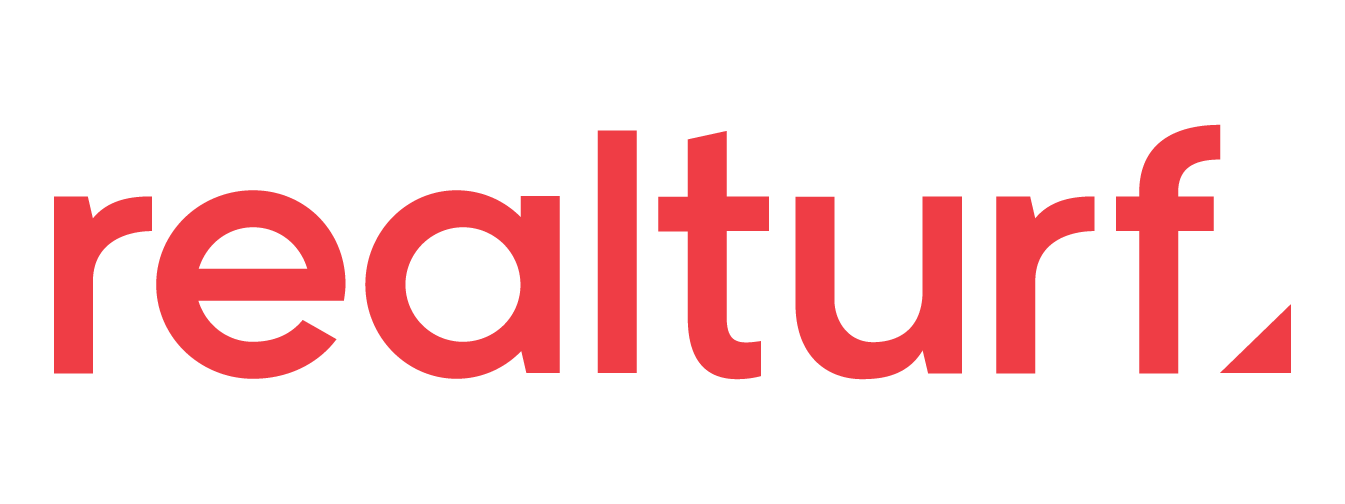infill Is Crucial for a Houston Artificial Turf Putting Green
More and more Houston golfers are discovering the joy of a home putting green. Imagine being able to practice your short game anytime you want, as long as you’d like.
If you’re confident in your DIY skills, you can install it yourself using our Houston artificial turf and accessories or let a Realturf specialist install your green for you. Either way, we recommend taking your time going over your design and other aspects of your putting green.
As you research artificial grass options for your putting green, you may wonder if you can get away with skipping the infill to save on costs. The answer is no! Infill plays a key role in proper putting green construction and performance. Here’s why:
Infill and Backyard Putting Greens
In all artificial grass installations infill is layered between the blades to emulate qualities of natural soil. It fills in the backing to cushion the turf and prevent compaction.
Unlike basic artificial lawns used in yards, putting greens require an extremely flat, smooth and consistent turf surface to provide accurate ball roll. The specialized grass blades in putting green turf are thinner and denser than traditional artificial grass. This allows for a tight, low-pile surface ideal for putting.
But without infill, the blades can easily flatten down or bend over time. This damages the precision required for quality putting. Infill also provides:
- Consistent turf density and blade stability for even ball roll
- Firmness and rigidity to prevent indentations in high traffic areas
- Ball bounce and speed calibration for true greens feel
- Accuracy across the entire putting surface over years of use
Skip infill and your putting green can eventually become unplayable due to these issues:
- Flattening and Bending of Turf Pile: The pile needs infill for structural stability. Otherwise, constant foot traffic and pressure from putts slowly mats down the artificial blades. This causes unevenness and affects roll.
- Inaccurate Ball Roll Speed and Bounce: No infill means no way to calibrate the turf for proper ball movement. You lose the true-to-life greens speed and bounce you expect for putting.
- Indentations and Hollow Spots: Infill prevents compacting and damage in high traffic areas. Without it, indentations and hollow spots develop over time, disrupting the flatness vital for putting success.
- Poor Drainage Leading to Mold and Mildew: Infill contains drainage holes to prevent water pooling under the turf. Skipping infill can lead to excess moisture buildup and mold/mildew growth.
You also need to make sure that you use the right kind of infill for your putting green. We can recommend some great options that fit your design and budget – let’s discuss this and other aspects of your backyard putting green during your free consultation.
FAQ About Putting Green Infill
Can I install putting green turf without any infill?
Technically, you can. But the turf needs infill to maintain its density, stability and precision over time. Performance will severely decline after installation without it.
What problems occur over time without infill?
Lack of infill leads to matted, uneven turf and compacted high-traffic areas. You’ll experience slower and inconsistent ball roll, reduced bounce and hollow spots. Mold and mildew growth can also occur from poor drainage.
Artificial Putting Greens: Every Detail Matters
When it comes to artificial putting greens, infill provides the stability, protection and tuneable playability you need for years of realistic practice and casual games right from home.
With the expertise of Realturf to guide your putting green construction, you can have confidence your project will exceed expectations. Contact us today at 773-517-7798 to discuss your artificial putting green options and a FREE quote!

